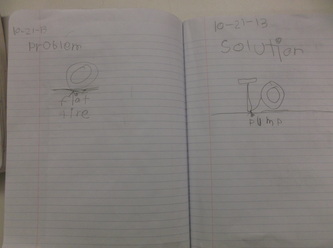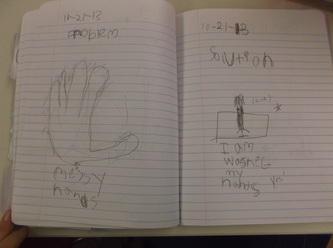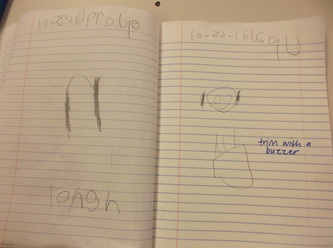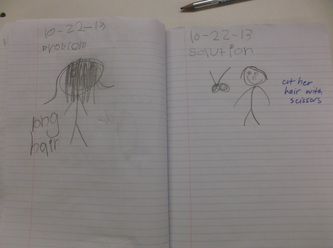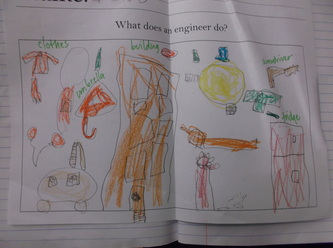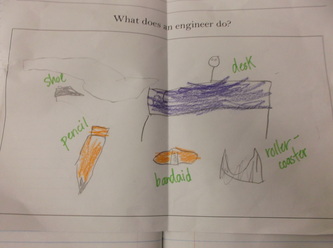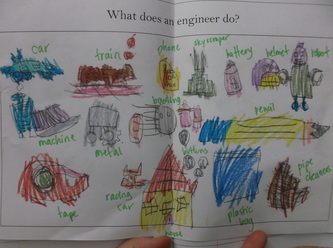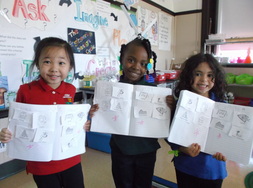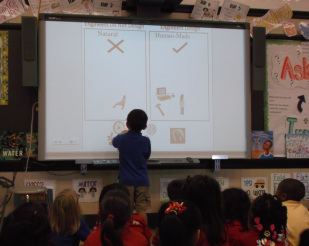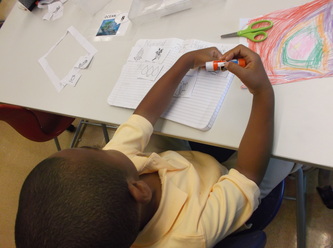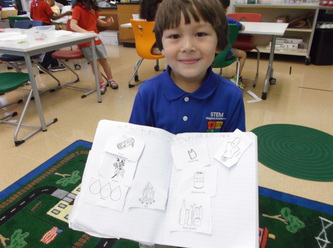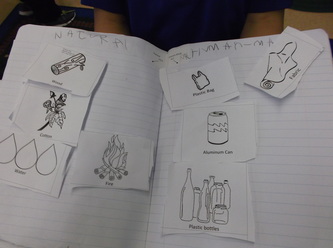Kindergartners are now experts on all things designed by engineers! They know that the technologies engineers design are human-made, non-living, and meet either a need or a want. Sometimes, that need or want can be identified as a problem. Therefore, a concise way to describe engineers is that they are problem-solvers.
We've taken our journal entries to the next level, identifying problems and creating possible solutions. Each of the problems can be solved in many ways. We'll continue to explore this idea over the course of the next few weeks, especially as we compare and improve the solutions to various problems we face!
We've taken our journal entries to the next level, identifying problems and creating possible solutions. Each of the problems can be solved in many ways. We'll continue to explore this idea over the course of the next few weeks, especially as we compare and improve the solutions to various problems we face!
